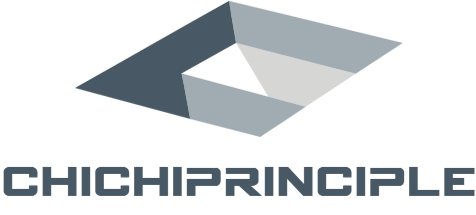Introduction
LAMP web development is a powerful tool for building dynamic websites that can handle large amounts of traffic and complex content. The acronym “LAMP” stands for Linux, Apache, MySQL, and PHP, which are the four core components that make up this web development stack. In this article, we’ll explore each of these components and show you how they work together to create powerful and scalable websites.
What Is LAMP?
LAMP is an open-source web development stack that consists of four key components: Linux, Apache, MySQL, and PHP. Each of these components plays an important role in building dynamic websites that can handle a large amount of traffic and complex content. Here’s a quick rundown of what each of these components does:
Linux: The Linux operating system is the foundation of the LAMP stack. It provides a stable and secure platform for web development, with built-in support for networking, file systems, and other key web technologies.
Apache: Apache is a web server that provides a platform for delivering web content to users. It’s capable of handling millions of requests per day, making it an ideal choice for high-traffic websites.
MySQL: MySQL is a popular open-source database management system that’s used to store and manage large amounts of data for web applications. With MySQL, developers can create dynamic websites that can handle complex content and user interactions.
PHP: PHP is a general-purpose programming language that’s designed specifically for web development. It’s used to create dynamic web pages and web applications, and provides developers with an easy-to-learn syntax and powerful features for creating complex web applications.
How LAMP Works
The LAMP stack works by integrating these four components together to create a powerful web development environment. Here’s a quick overview of how each of these components works within the LAMP stack:
Linux: The Linux operating system provides a stable and secure platform for web development. It’s designed to be fast, efficient, and easy to use, with built-in support for networking, file systems, and other key web technologies.
Apache: Apache is used to deliver web content to users. It runs on the Linux operating system and is capable of handling millions of requests per day. Apache provides a platform for hosting web applications and serves as a gateway to the rest of the LAMP stack.
MySQL: MySQL is used to store and manage large amounts of data for web applications. It’s designed to be fast, efficient, and scalable, with support for advanced features like transactions and indexing. MySQL provides developers with a powerful database management system that can handle complex data structures and high levels of traffic.
PHP: PHP is used to create dynamic web pages and web applications. It’s designed to be flexible and easy to use, with support for advanced features like object-oriented programming and database connectivity. PHP provides developers with a powerful programming language that can be used to create complex web applications with ease.
Benefits of LAMP Web Development
LAMP web development has numerous benefits for developers and website owners. Here are a few reasons why you might want to consider using LAMP for your next web development project:
Open-source: LAMP is an open-source web development stack, which means that all of its components are freely available and can be modified to suit your needs. This makes it a cost-effective solution for web development, particularly for small businesses and startups.
Scalable: LAMP is designed to be scalable, which means that it can handle large amounts of traffic and complex content. This makes it an ideal choice for websites that need to grow and change over time.
Flexible: LAMP is a flexible solution for web development, with support for a wide range of programming languages and tools. This makes it easy to integrate with other web technologies and allows developers to work with the tools that they’re most comfortable with.
Easy to learn: LAMP is an easy-to-learn web development stack, with simple syntax and powerful features for creating complex web applications. This makes it a good choice for both novice and experienced developers.
Conclusion
LAMP web development is a powerful tool for building dynamic websites that can handle large amounts of traffic and complex content. With its four core components — Linux, Apache, MySQL, and PHP — LAMP provides developers with a flexible and scalable platform for creating web applications. Whether you’re a small business or a large corporation, LAMP can help you build the dynamic and responsive website that your users expect.
